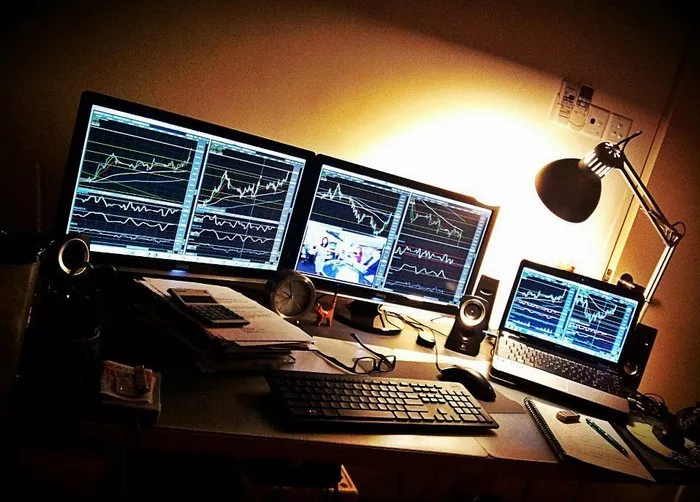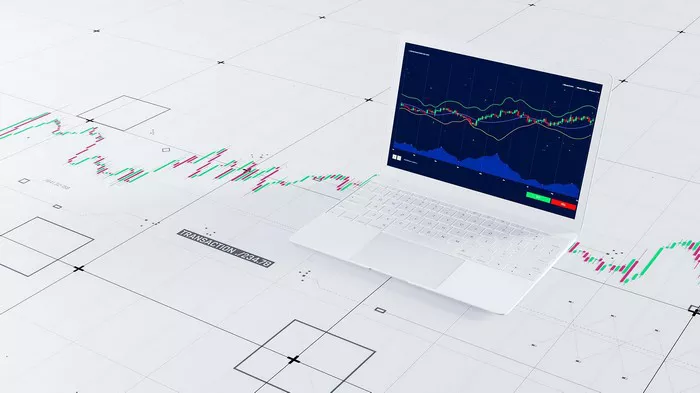The foreign exchange (Forex) market is one of the largest financial markets in the world, where currencies are traded against one another. Understanding the key concepts in Forex trading is crucial for both novice and experienced traders. One of the most important concepts is the “spread.” This article will delve into what the spread is in Forex, how it is calculated, its types, factors influencing it, and its implications for traders.
Understanding the Spread in Forex
What Is a Spread?
In Forex trading, the spread is the difference between the bid price and the ask price of a currency pair. The bid price is the price at which a trader can sell a currency pair, while the ask price is the price at which they can buy it. The spread represents the cost of trading and is a key indicator of market liquidity.
Bid Price: The price at which a broker is willing to buy a currency pair.
Ask Price: The price at which a broker is willing to sell a currency pair.
Spread: The difference between the ask price and bid price.
For example, if the bid price for the EUR/USD currency pair is 1.1000 and the ask price is 1.1003, the spread is 3 pips (1.1003 – 1.1000).
How Is the Spread Calculated?
The spread is calculated by taking the difference between the ask price and the bid price. The formula can be represented as:
Spread=Ask Price−Bid Price\text{Spread} = \text{Ask Price} – \text{Bid Price}Spread=Ask Price−Bid PriceIn the previous example, if the bid price is 1.1000 and the ask price is 1.1003, then:
Spread=1.1003−1.1000=0.0003 or 3 pips\text{Spread} = 1.1003 – 1.1000 = 0.0003 \text{ or } 3 \text{ pips}Spread=1.1003−1.1000=0.0003 or 3 pips
Types of Spreads
In Forex trading, there are primarily two types of spreads: fixed spreads and variable (or floating) spreads. Understanding the differences between these spreads can help traders choose the best option for their trading strategy.
1. Fixed Spreads
A fixed spread remains constant regardless of market conditions. This means that the difference between the bid and ask prices does not change, even during times of high volatility. Fixed spreads are usually offered by brokers who take on the risk of fluctuating prices.
Advantages of Fixed Spreads
Predictability: Traders know the cost of trading upfront, making it easier to plan their trading strategy.
Stability: Fixed spreads can be beneficial during times of high market volatility.
Disadvantages of Fixed Spreads
Higher Costs: Fixed spreads may be wider than variable spreads during normal market conditions.
Less Flexibility: Fixed spreads can limit traders who want to capitalize on tight spreads during stable market conditions.
2. Variable Spreads
Variable spreads fluctuate based on market conditions and liquidity. During periods of high volatility, spreads may widen, while they may narrow during stable market conditions. Variable spreads are more common among brokers who operate on a market-making model.
Advantages of Variable Spreads
Lower Costs: Variable spreads can be tighter than fixed spreads during periods of low volatility.
Flexibility: Traders can take advantage of better pricing in stable markets.
Disadvantages of Variable Spreads
Unpredictability: Traders may not know the exact cost of trading until the trade is executed.
Wider Spreads During Volatility: During times of high volatility, spreads can widen significantly, increasing trading costs.
Factors Influencing the Spread
Several factors influence the spread in Forex trading. Understanding these factors can help traders make informed decisions.
1. Market Liquidity
Liquidity refers to the ease with which an asset can be bought or sold without affecting its price. In highly liquid markets, spreads tend to be narrower because there are more buyers and sellers competing for trades. Conversely, in less liquid markets, spreads can widen.
Major Currency Pairs: Pairs like EUR/USD, USD/JPY, and GBP/USD are typically more liquid, resulting in tighter spreads.
Minor and Exotic Currency Pairs: Pairs with lower trading volumes may have wider spreads due to decreased liquidity.
2. Market Conditions
Market conditions play a significant role in determining the spread. Events such as economic data releases, geopolitical tensions, and major announcements can lead to increased volatility.
Economic Indicators: Reports such as GDP, employment numbers, and inflation rates can cause significant price movements, leading to wider spreads.
Geopolitical Events: Unforeseen events can create uncertainty in the market, resulting in wider spreads.
3. Time of Day
The Forex market operates 24 hours a day, but not all hours are equally liquid. The time of day can influence the spread.
Major Trading Sessions: The overlap of major trading sessions (e.g., London and New York) tends to see increased liquidity and tighter spreads.
Off-Peak Hours: During less active hours, spreads may widen due to lower trading volumes.
4. Broker Type
The type of broker also impacts the spread. Market makers and ECN (Electronic Communication Network) brokers offer different pricing models.
Market Makers: These brokers typically offer fixed spreads and may widen them during volatile market conditions.
ECN Brokers: ECN brokers usually offer variable spreads that are narrower during stable conditions and wider during volatility, as they pass on market prices directly to traders.
5. Account Type
Some brokers offer different account types that cater to various trading styles. Premium accounts may offer lower spreads as a feature.
Standard Accounts: May have wider spreads suitable for casual traders.
ECN Accounts: Often have lower spreads but may charge a commission on trades.
Implications of Spreads for Traders
Understanding spreads is crucial for Forex traders, as they directly affect trading costs and overall profitability.
1. Impact on Trading Costs
The spread is a cost that traders incur with every trade. A narrower spread means lower trading costs, while a wider spread can eat into profits.
Calculating Costs: If a trader buys a currency pair with a 3-pip spread and sells it immediately, they would incur a cost of 3 pips.
2. Choosing a Trading Strategy
The spread can influence the choice of trading strategy. For example, scalpers and day traders may prefer lower spreads to maximize their profit potential on smaller price movements.
Scalping: Traders who make many small trades benefit from tight spreads.
Long-Term Trading: Position traders may be less affected by spreads since they hold trades for longer periods.
3. Slippage
Slippage refers to the difference between the expected price of a trade and the actual price. During times of high volatility, spreads can widen, leading to slippage.
Managing Slippage: Traders should account for potential slippage, especially during major news events or economic announcements.
Conclusion
The spread in Forex is a critical concept that every trader must understand. It represents the cost of trading and is influenced by various factors, including market liquidity, market conditions, broker type, and time of day. By recognizing how spreads work, traders can make informed decisions about their trading strategies and manage their costs effectively.
Choosing the right broker and understanding the type of spread offered can also significantly impact a trader’s profitability. As with any investment, education and research are vital for success in the Forex market. Whether you are a novice or an experienced trader, having a solid grasp of spreads will enhance your trading performance and help you navigate the complexities of the Forex market.
Related topics:

































